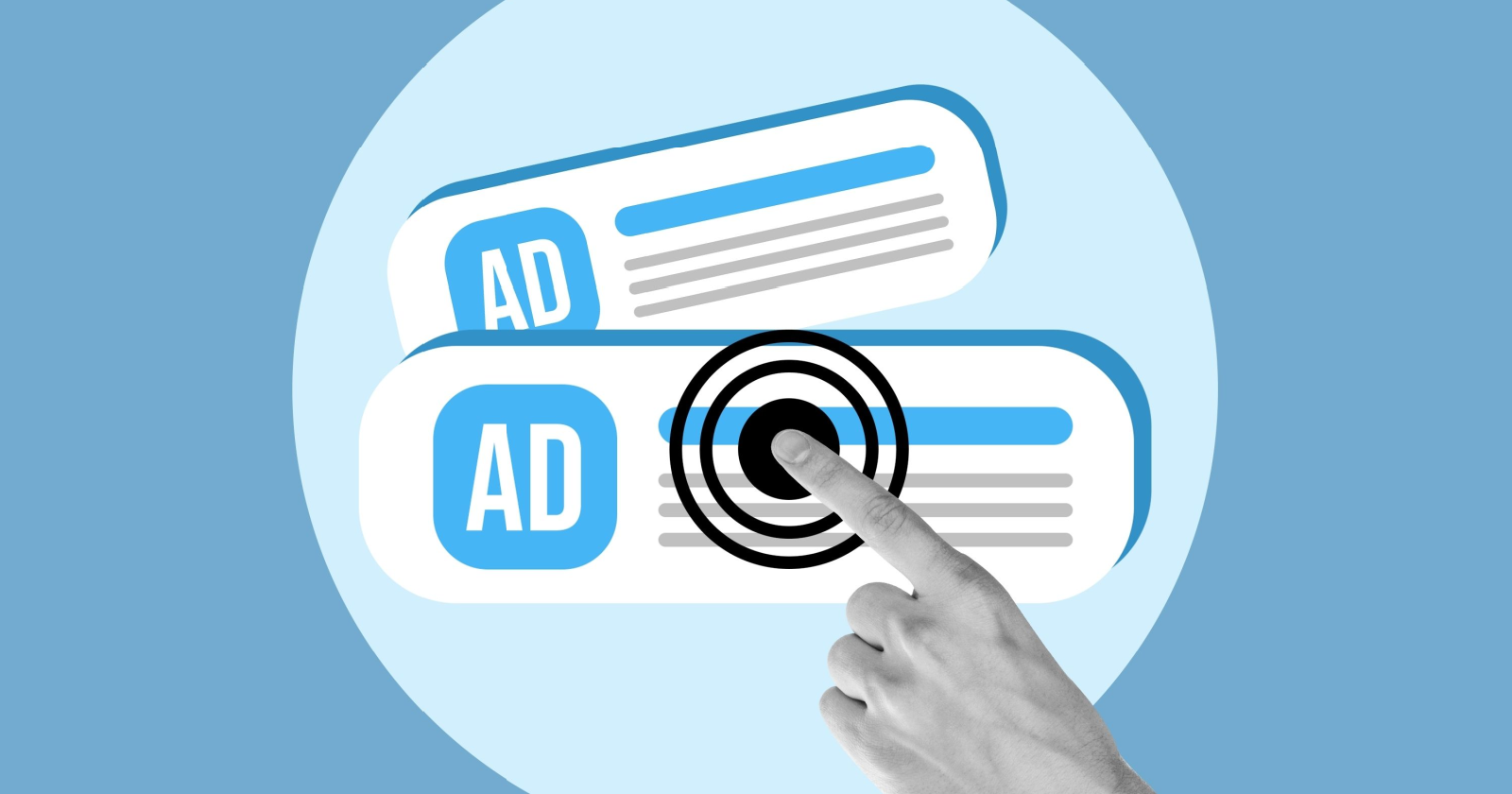Maximize Leads with 5 Essential Google Ads Performance Max Tips
Performance Max Overview
Performance Max (PMax) is a campaign type that allows advertisers to access all of Google’s ad inventory from a single campaign. This includes placements across Search, Display, YouTube, Shopping, Discover, Gmail, and Maps. Launched in 2021, it uses Google's AI to optimize ad delivery based on user intent and behavior. Recent updates have introduced more transparency and control for advertisers.

Image courtesy of Search Engine Journal
Key Updates for 2025
Brand Guidelines
Starting in 2025, all new PMax campaigns will require business name and logo assets. This aims to improve brand consistency across Google’s ad placements. Advertisers should prepare by uploading high-quality logo assets and ensuring consistent business names in their Google Ads accounts. For more details, visit Search Engine Land.
Negative Keywords
Google will introduce the ability to add negative keywords directly within PMax campaigns. This feature gives advertisers greater control over ad placements, allowing them to exclude irrelevant search terms. Advertisers should regularly review search query reports to refine their negative keyword lists, as discussed in WordStream.
Integration with Google Analytics 4 (GA4)
PMax will have deeper integration with GA4, enhancing tracking and analytics capabilities. This will allow advertisers to gain insights into campaign performance and user behavior, facilitating data-driven optimizations. Setting up GA4 goals aligned with business objectives is crucial for maximizing these insights. More details are available at Google Support.
Optimization Strategies for Lead Generation
Full Funnel Approach
To effectively generate leads with PMax, advertisers should adopt a full funnel approach to conversion tracking. This involves setting campaign objectives that optimize for qualified leads rather than initial form fills. Enhanced conversions and offline conversion imports from CRM systems can be used to improve lead quality. For insights, refer to WordStream.
Audience Signals
Using audience signals that match the buyer funnel can improve lead quality. Advertisers should provide Google with qualified audiences, such as customer lists and lead form submissions, to help it identify potential converters. Avoid relying solely on preset Google audiences, which may be too broad for effective lead generation. More information on audience targeting can be found at WordStream.
Leverage Search Themes
Search themes guide Google toward certain audience interests and behaviors. Advertisers should create tightly themed asset groups to ensure Google can effectively target the right users. This approach is similar to managing keywords in traditional search campaigns. For more guidance on search themes, see WordStream.
Asset Groups as Personas
PMax campaigns should treat asset groups like personas to maximize engagement. Each asset group should target different audience segments with tailored messaging and creative assets. This approach allows for more effective audience targeting and ad relevance. For best practices on asset groups, refer to PPC Hero.
Reporting and Insights
Channel-Level Reporting
One of the significant updates for PMax includes channel-level reporting, allowing advertisers to see how campaigns perform across different Google platforms. This visibility helps optimize budget allocation and campaign adjustments. For more details on channel reporting, check out Search Engine Journal.
Search Term Insights
Google is rolling out more granular search term reporting, which provides insights into the actual search queries driving performance. This update allows advertisers to make more informed optimization decisions based on user behavior. More information is available at Search Engine Journal.
Asset Group Performance Metrics
Each asset group within PMax now includes performance metrics such as impressions, clicks, and conversion values. Advertisers can use this data to identify high-performing assets and make necessary adjustments to underperforming groups. For insights on asset performance, refer to Search Engine Journal.
Conclusion
The updates and strategies for Performance Max in 2025 emphasize the need for advertisers to adapt to new features and leverage advanced tools for optimization. A focus on brand consistency, effective audience targeting, and comprehensive tracking will be key to achieving successful campaigns in this evolving landscape. The resources linked throughout this article provide additional information and best practices to implement these strategies effectively.





